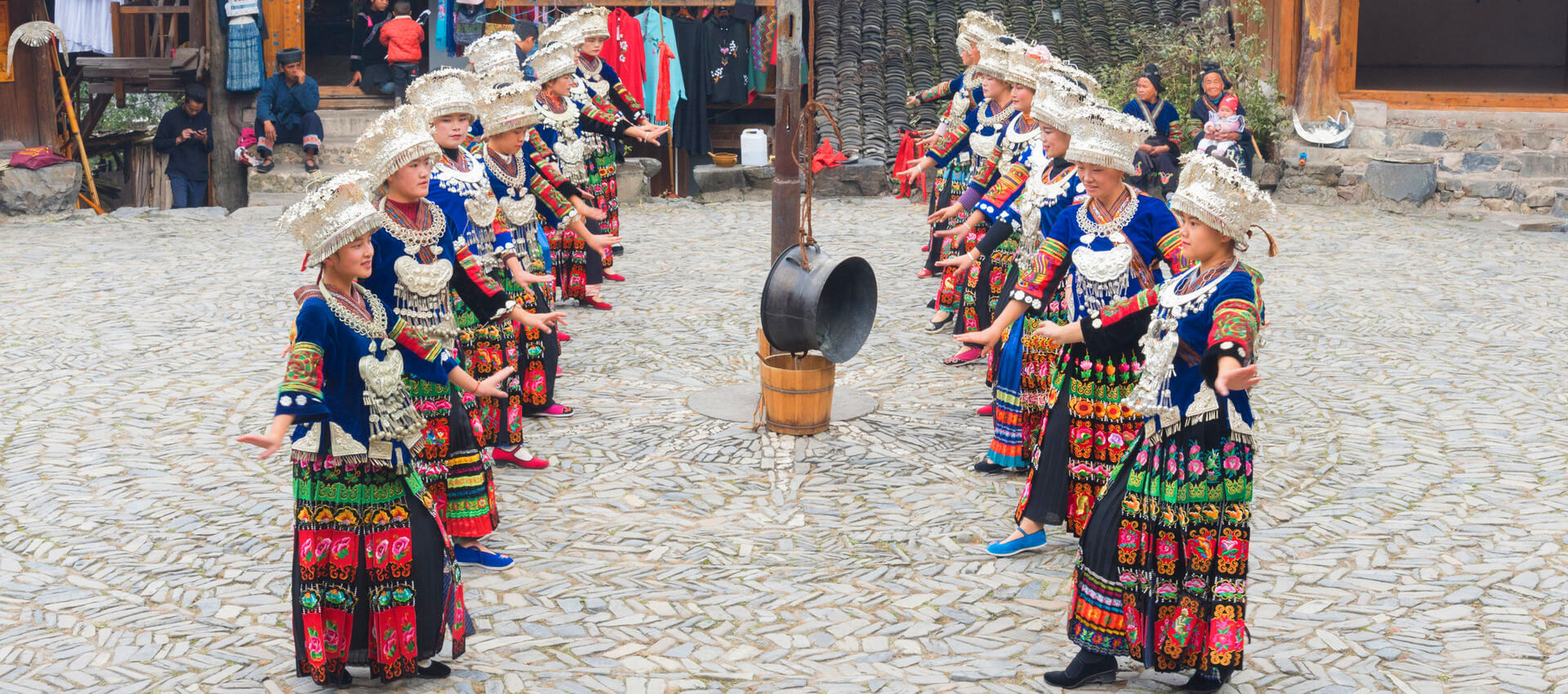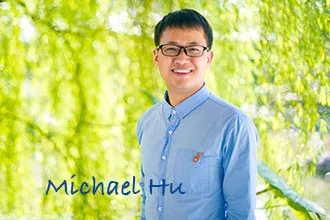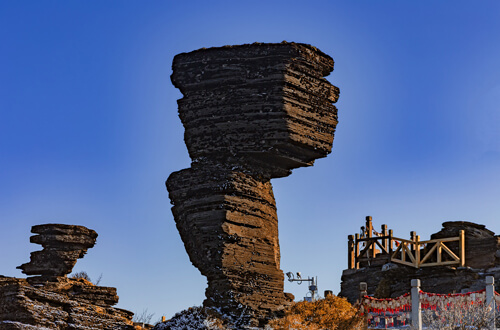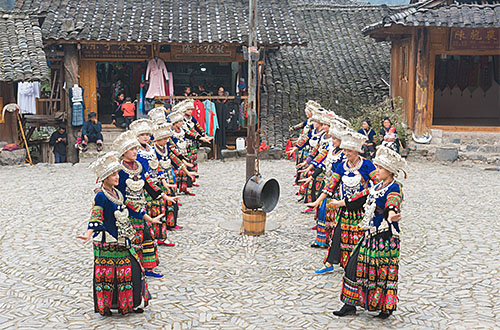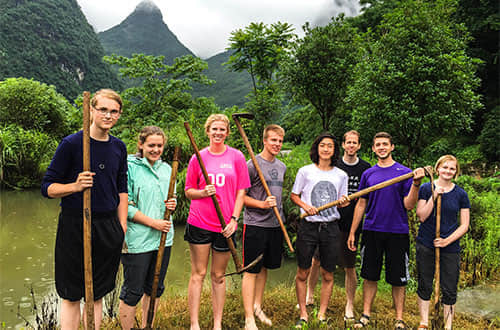5 Days Guiyang and Kaili Sisters' Meal Festival
Held on the 15th day of the third lunar month, the Sisters' Meals Festival, also referred to as the Valentine's Day of Miao people, is a colorful event celebrated with dances, singing, and abundant feasting. Before the celebration, Miao girls collect leaves and wildflowers from the mountains to dye glutinous rice, well-known as sisters’ rice. Much of Miao culture has evolved from the significance of rice in their daily lives and the Sisters’ Meal festival is no different.
Throughout the festivities, young Miao men will give small parcels of multi-colored sticky rice to the ladies they want to marry. As a sign to their prospective partner, a woman will bury a pair of chopsticks inside the rice and give it back as a symbolic acceptance of their advances. However, a single chopstick in the returned package denotes interest rather than full acceptance, while what every courting Miao male fears the most is receiving a chili, which signifies a refusal.
Dressed in their finest embroidered and appliqued clothing, adorned in all their freshly shined silver jewelry, young women are the brightest stars in the festival. The Miao people with a strong tradition of silver jewelry craftsmanship, and embroidery this festival is one chance for the women of the tribe to show off their beautiful traditional dresses. There are also many different activities such as bullfighting, horse racing, drum dancing, rowing, and Lusheng music show during the festival.
This 5-day tour focuses on the Kaili area where the Miao people live. You will visit Miao villages and join in the festive celebrations during the tour.
Highlights of The Tour
#1 Learn more about the "living fossil" of papermaking at Shiqiao Village. 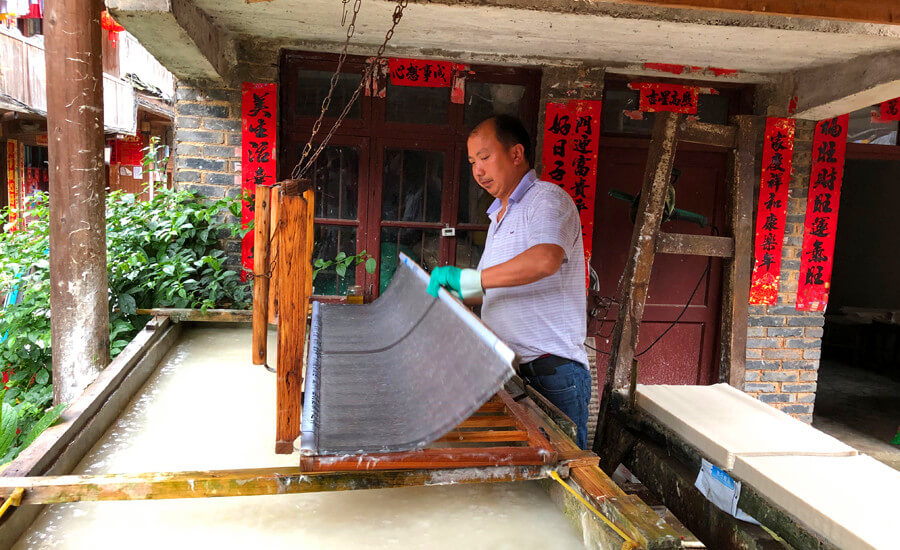
#2 Join Sisters’ Meal Festival celebration – learn more about the traditional ways of “seeking a suitable marriage partner of Miao people. 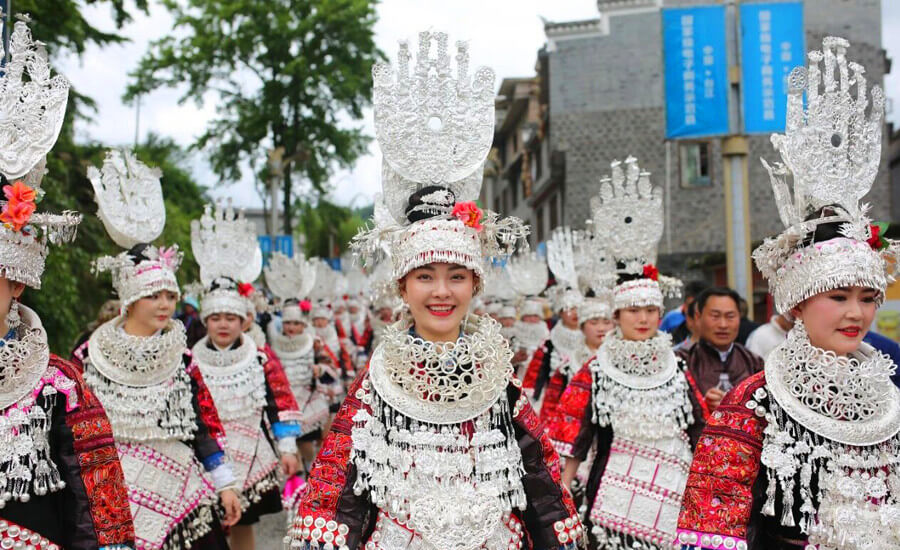
#3 Admire the beautiful costumes, exquisite embroidery, and dazzling silver ornaments of the Miao people. 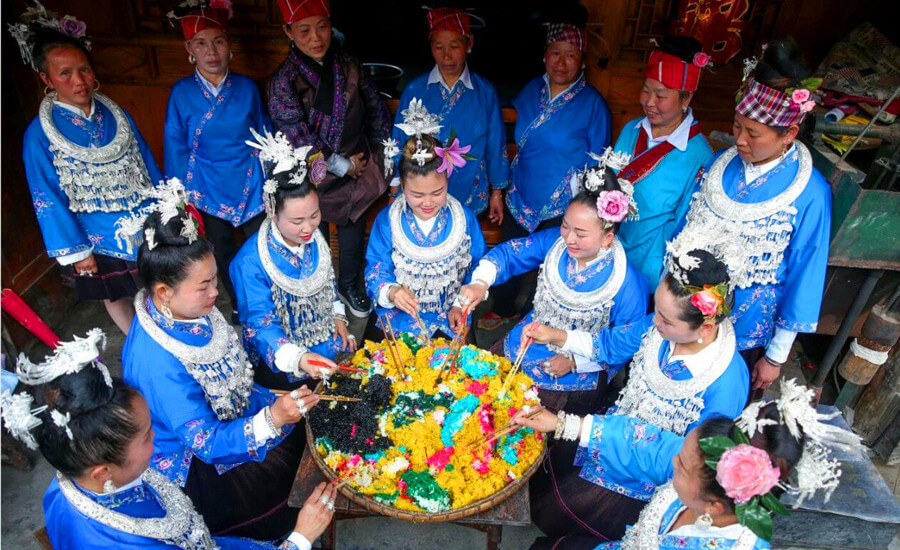
Full Itinerary
To attend the festival, the best city to fly into is Kaili, the Kaili Huangping Airport (KJH) connects Kunming, Chengdu, and Jinan. If you cannot get a flight to Kaili, the next best option is Guiyang, the provincial capital and transportation hub of Guizhou Province. Book your own train or flight to Guiyang (Guiyang Longdongbao International Airport IATA: KWE). Our guide and driver will pick you up and take you to your hotel
Today, you will head to Qiandongnan area which is home to the largest concentration of Miao and Dong ethnic people in China.
En route, there is a stopover in Qingman and Shiqiao villages. Qingman Village is a beautiful example of an intact traditional Miao Village. The houses are made of wood, raised on stilts on the steep hillside, and tightly packed together to maximize workable farmland. Shiqiao Village is composed mostly of people from the Miao ethnic group, the village is well known for its ancient papermaking technique that dates back to the Tang Dynasty (618-907). The ancient craft of papermaking in Shiqiao is different from modern-day mechanized production. The raw material includes the bark of a special kind of tree and paper mulberry, which can be easily found in the area. From collecting tree bark to pulling off the dry paper from the baking wall, it involves 14 steps to produce a finished piece of paper. All the steps are done by hand, with no industrial chemicals used during the entire process.
You will overnight in Kaili, the capital city of Qiandongnan Miao and Dong Autonomous Prefecture. In the region around Kaili, between mountains and rice terraces, are nested several small towns and villages where it is possible to come in contact with the traditions, customs, and lifestyle of several ethnic minorities.
After breakfast at your hotel, you will be taken on a 20km journey to visit the Matang Gejia Village. The Gejia people were classified as the Miao group, but Gejia people have their own language, culture, and costume. Gejia women are in their traditional costume of indigo and bright orange. They claimed that they are the descendants of Houyi, a Chinese mythical figure who saved the world by shooting down 9 of 10 suns. The village is famous for its unique pattern of wax batik. Here, you will have an opportunity to take part in a batik workshop in the village and the batik skills from a local expert.
Your next destination is a drive to Laotun Village where the Sisters’ Meal Festival was originated. You will see how the people of a small village celebrate the festival in their unique way, before heading for Shidong Miao village on the banks of the Qingshui River.
Enjoy a walk through the streets of Shidong Village in the morning and join the locals to experience the festivities. At the village Square, you will see how the girls dress in their traditional costumes and adorn their elaborate silver pieces of jewelry. The Miao of this area wear large silver headdresses, therefore the girls are helped by their mothers, as they wear more than 20 kilograms (44 lb.) of silver, engraved, embossed, stippled, and assembled into set-pieces. Shidong is renowned for its highly-skilled silversmiths. If you are in the mood for shopping, you can buy some souvenirs from local artisans.
Today is your last day, so pack your bags, as after breakfast, you will visit the Langde Miao Village renown for the "Long Skirt Miaos", identified by their intricate long skirts and ornamental headdress. On arrival into the village, it is a tradition to be welcomed in after drinking twelve rounds of wine, a ceremonious etiquette but not forced upon.
Afterward, the next stop is a visit to the Datang Miao Village also known as the Xinqiao Miao Village where the women are renowned for their unique "miniskirts" as short as 10cm. The second highlight is the water granaries. These small granaries are a couple of square meters, built on a stilted structure on the water. Their location in pools is intended to protect supplies from rats, insects, fires, and thieves.
After the tour, you will be driven to the train station or airport in Guiyang. Alternatively, you can fly out from Kaili Huangping Airport (KJH).
Tour Summary:
Make your own travel arrangements to/from Kaili or Guiyang. Visiting this region you will embrace the Miao culture, customs and enjoy their local festival. An eye-opener to learn and understand one of China’s 56 ethnic minority groups. Let us know your interest and we will customize a tour to suit you.
Featured Hotel

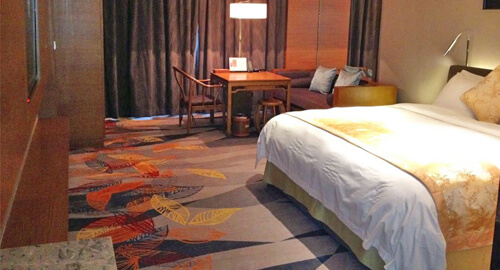
What’s Included
- Experienced tour guides
- Entrance fee to all spots listed in the itinerary
- Well selected hotel accommodation
- Meals mentioned in the itinerary
- Expert drivers and comfortable vehicles with air-conditioning
Wechat & WhatsApp: +86-13471279378
